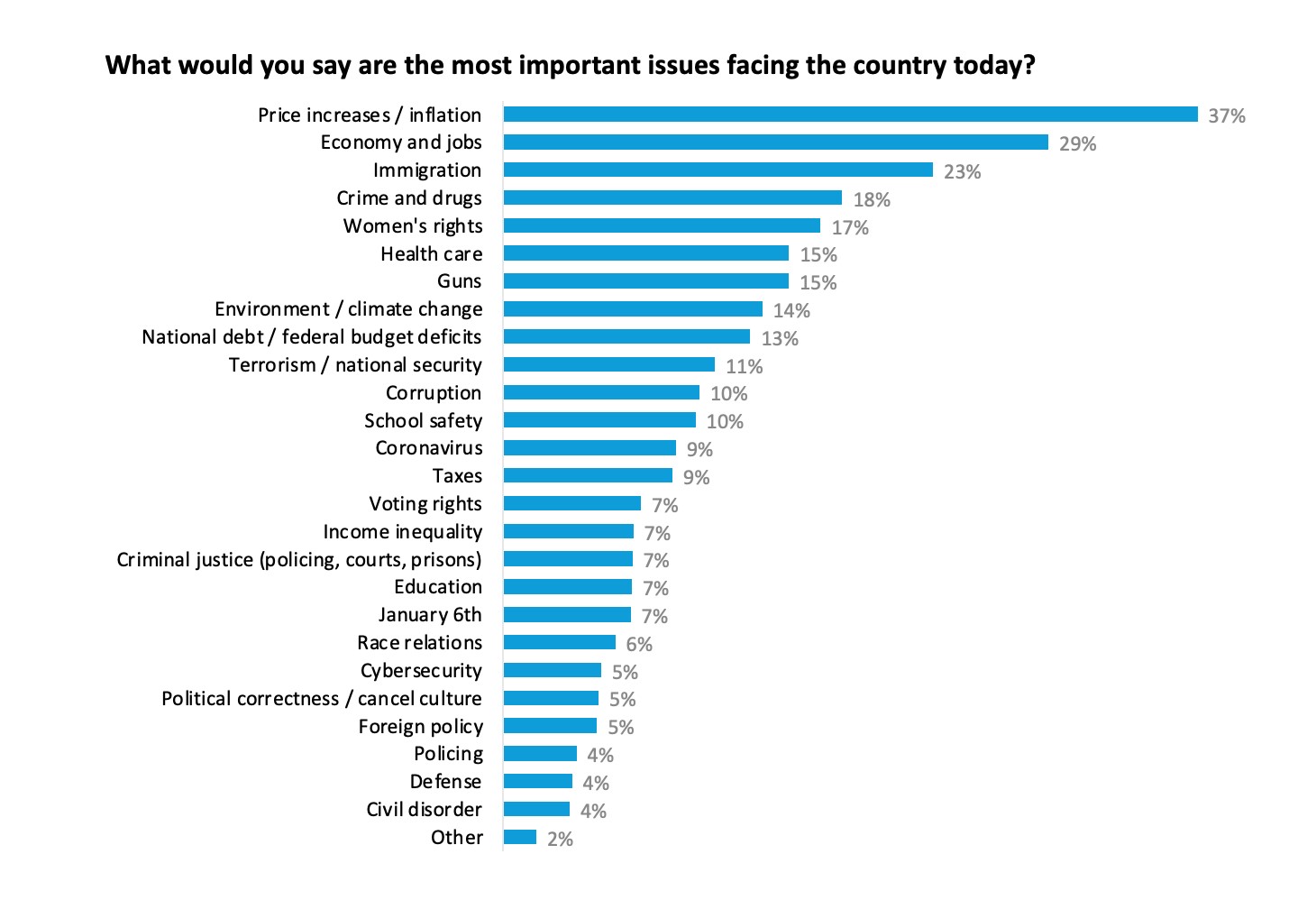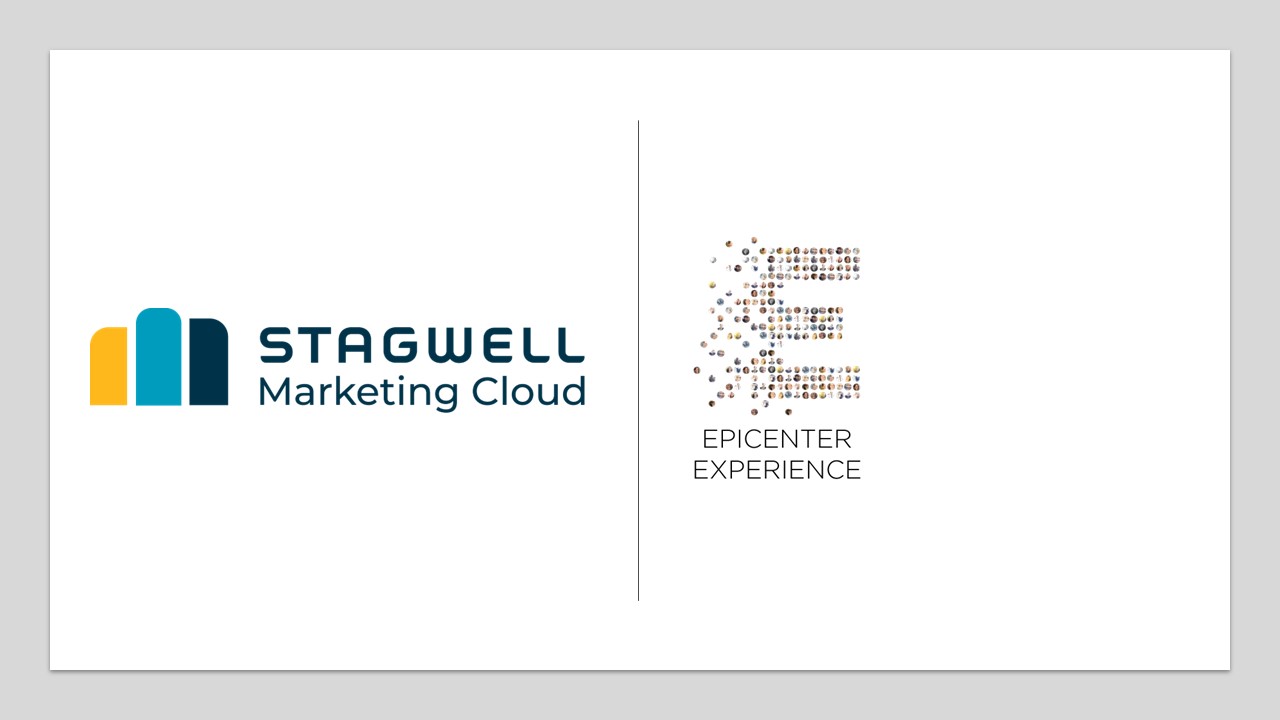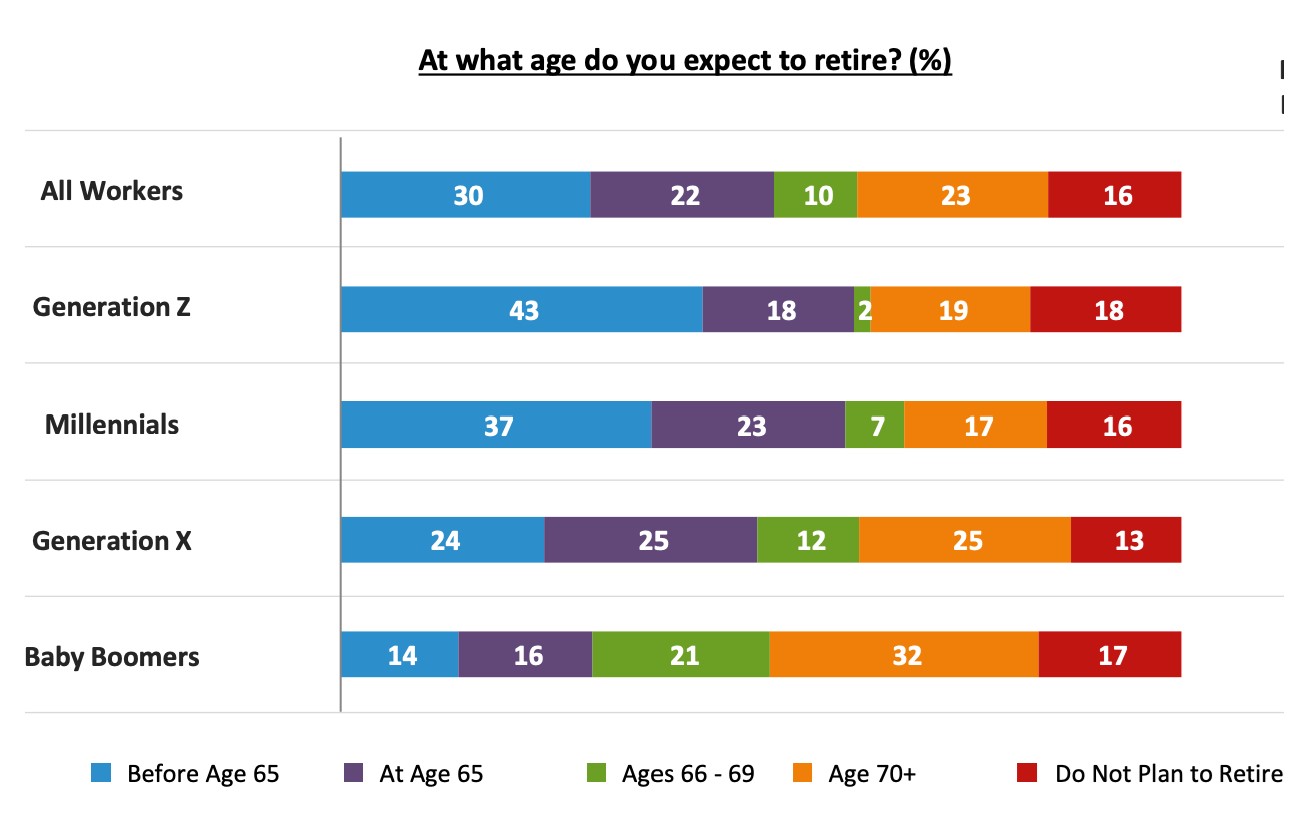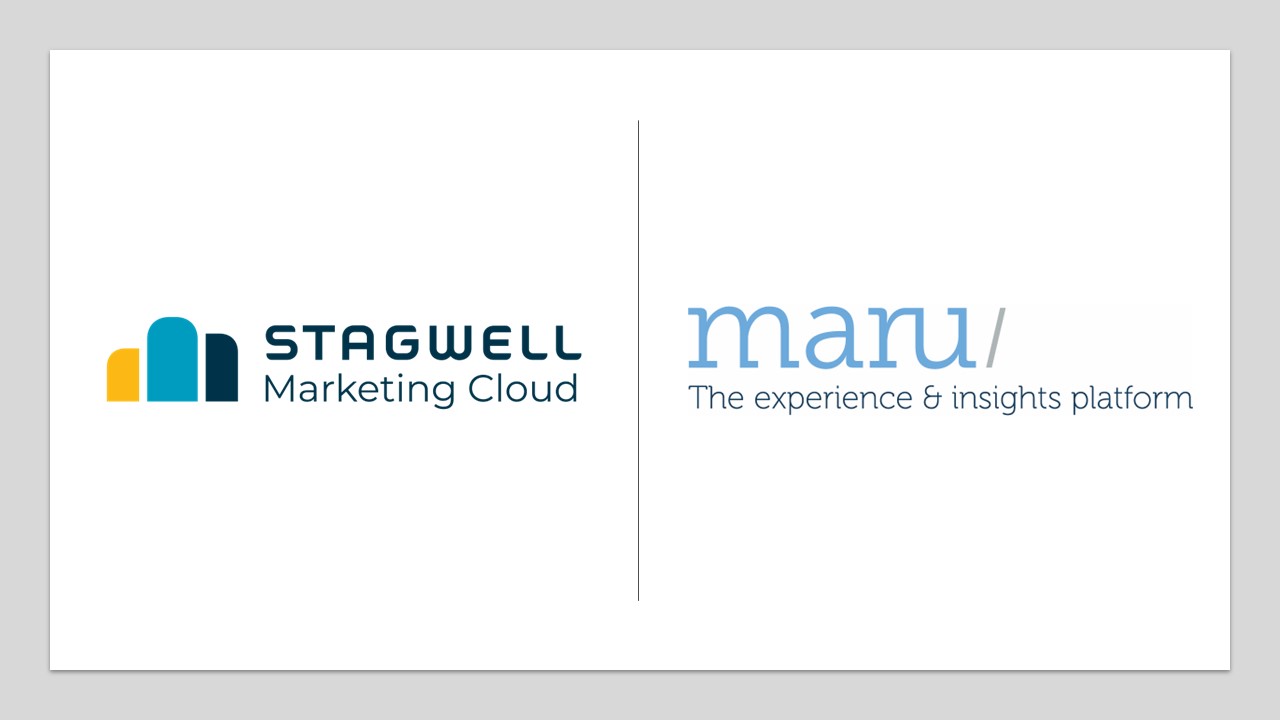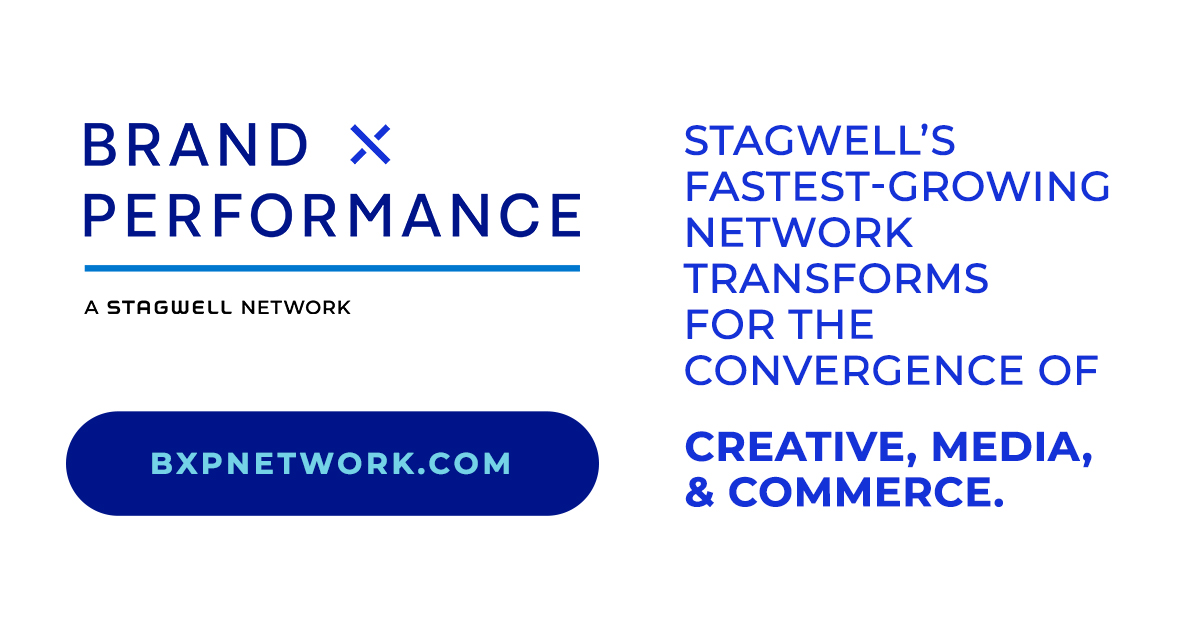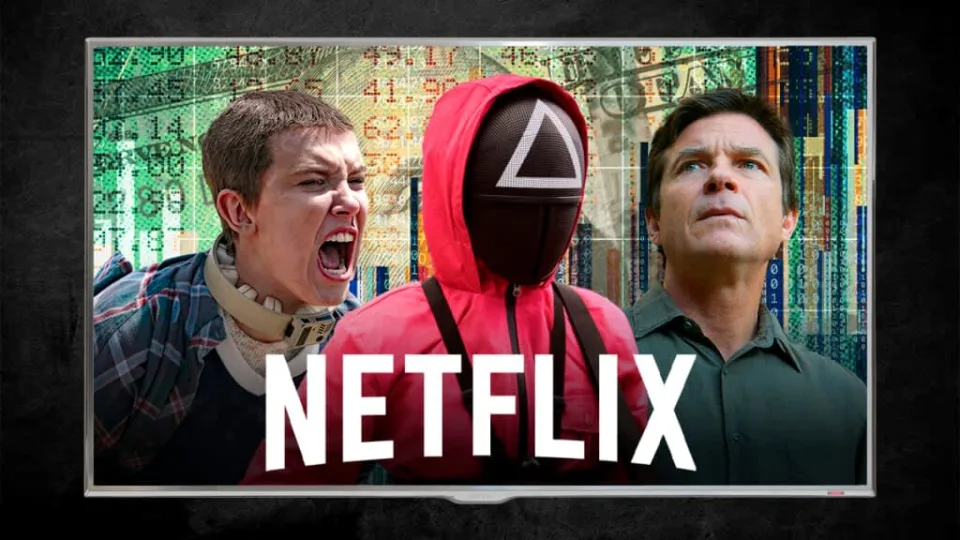NEW YORK and LAGOS, Nigeria, Oct. 19, 2022 /PRNewswire/ — National Research Group (NRG), a global insights leader at the intersection of technology, content and culture, launched its “Capstone Series,” a first-of-its-kind exploration into the culture, content and technology driving leading-edge global growth markets. NRG is part of Stagwell (NASDAQ: STGW), the challenger network built to transform marketing. In partnership with SBI Media, a Lagos, Nigeria-based media agency and part of Stagwell’s Global Affiliate Network, NRG kicked off the series with “Exploring Nigeria,” a future-leaning view into the technology, culture and entertainment trends shaping the Nigerian landscape.
“Our Capstone Series is a research undertaking combining a global viewpoint with on-the-ground perspective and expertise at a level of depth we’ve not seen before in emerging markets,” said NRG Chief Strategy Officer Chris Rethore. “The proof of that is in our inaugural study, which has given us a nuanced, layered understanding of Nigeria’s shifting cultural landscape – showing us what makes Nigerians tick, how their identity impacts their consumption behaviors, and what can be done to better serve these passionate consumers. We hope that media, entertainment and tech companies find value and actionable intelligence in this and future studies to help shape decision-making in vanguard markets over the next few years.”
“This study would not have been possible without the partnerships we have built through Stagwell’s Global Affiliate Network, now numbering nearly 80 partners across APAC, EMEA, LATAM, and North America,” said Stagwell Chief Strategy Officer Anas Ghazi. “Partners like SBI Media accelerate our global research, survey, and insights capabilities at Stagwell, adding authentic understanding of local markets around the world.”
“We are delighted to collaborate with the innovative team at NRG on this landmark project — the first of its kind in the Nigerian and sub-Saharan African market,” said SBI Media Group CEO Rotimi Bankole. “We are convinced that the findings in the NRG Capstone Series will provide brands, artists, creatives, and the larger stakeholders in the entertainment and content industry uncharted insights to decipher, discover and leverage engagement opportunities in the market.”
Exploring Nigeria
Anchored by a robust survey of 5,000 in-market consumers with added expert viewpoints of academics, industry insiders and in-person consumer interviews, “Exploring Nigeria” provides broad understanding into the cultural pillars that drive the country and its people. The research dives into 10 key topic areas exploring consumer habits and attitudes in Nigeria today, including the criticality of mobile, the rollout of 5G, the creator economy, content consumption, streaming services, audio and gaming as growth verticals, the power of social media, the future of money, and more.
Key takeaways include:
- Mobile is the gateway to connectivity. Mobility is table stakes when it comes to streaming, with 78% noting it’s very important that streaming services work well on mobile. Over half (55%) of all movie/TV consumption is on smartphones, while viewership on laptops, smart TVs, tablets and desktop devices is less frequent. Smartphones are also the overwhelming method for gaming (83%).
- 5G will “transform my country for the better,” say 81% of Nigerian consumers. With internet connection quality viewed as the biggest tech problem in the market, nearly 70% are aware of the pending 5G rollout, with the primary benefit seen to be enhanced speed (74%).
- YouTube leads as the top streaming service with 82% of respondents using it weekly, and 40% of these who use it multiple times per day. Only a daily basis, 64% use it the most often over other services such as Netflix (46%), Prime Video (25%), and AREWA24 (44%), the Hausa-language channel. Of the top five daily activities in general, 66% said they watch a short-form online video.
- Nigerians want Nigerian content to positively reflect their culture and values. Of the top five features that make film or TV feel most authentic, 60% indicated the characters should demonstrate Nigerian values (e.g., family/community work ethic, integrity) and should portray a positive image of Nigeria to the outside world (52%).
- …But Hollywood is still the dominant entertainment source. U.S. content owns the largest share of film viewing (75% of Nigerian consumers have watched Hollywood films in the past 6 months), while American TV is a close second behind Nigerian-produced TV (61% vs. 68%). English-language content from other non-US markets also has appeal. Where other countries have flourished with local content, streamers can heavily feature English-dominant titles from their global catalogs – 80% say they most enjoy watching content in English.
- Audio is ready for a shake-up. Due to limited internet connectivity, music streaming has yet to really take off in Nigeria – only 49% stream music through a streaming service. Nigerian consumers are more likely to depend on downloading and backpacking content.
- Big Tech = big influence. Tech companies including social media companies have a “great deal” of impact on Nigerian culture (64%), second only to religious institutions (73%).
- Finance-related technology that can directly benefit Nigerians fuels their desire to succeed professionally, to learn and grow, and to make money. More than half of respondents indicated they are aware and knowledgeable about cryptocurrency (90%), mobile wallets (85%), artificial intelligence (78%), 5G (76%), blockchain (71%), virtual reality (65%), and NFTs (59%).
NRG’s planned upcoming Capstone Series reports include Indonesia (Q4 2022), Argentina (Q1 2023) and Turkey (Q2 2023).
Study Methodology
NRG conducted an online survey from June 19, 2022 to July 4, 2022 among a nationally representative sample of 5,000 internet-enabled Nigerian consumers aged 16-64. Quantitative fieldwork was enhanced by integrating expert interviews with in-market academic and business leaders as well as in-depth, virtual interviews with Nigerian consumers.
About National Research Group
National Research Group is a leading global insights and strategy firm at the intersection of entertainment and technology. Rooted in four decades of industry expertise, the world’s leading marketers turn to us for insights into growth and strategy for any content, anywhere, on any device. Working at the confluence of content, culture and technology, NRG offers insights for bold storytellers everywhere. To learn more, please visit www.nationalresearchgroup.com, and follow us on LinkedIn and Instagram.
About SBI Media
With the vision to become Africa’s most global agency, SBI Media Group is Nigeria’s largest independent media agency (RECMA 2021) built on the culture of bravery, thought leadership and innovation. As a member of the Stagwell Global affiliate network, we are in partnership with a diverse clientele of telecoms, technology, aviation, automobile, telecoms, eCommerce, FMCGs financial services and allied industry. Our fast rising presence cuts across six economic cities including Accra Ghana, Johannesburg South Africa, Nairobi Kenya, Dubai in the United Arab Emirates and recently our London office serving Europe and the Asia Pacific. We are headquartered in Lagos, Nigeria’s economic and financial capital with over 100 media professionals in digital transformation, creative and content, media strategy, research, planning and exchange.
About Stagwell
Stagwell is the challenger network built to transform marketing. We deliver scaled creative performance for the world’s most ambitious brands, connecting culture-moving creativity with leading-edge technology to harmonize the art and science of marketing. Led by entrepreneurs, our 13,000+ specialists in 34+ countries are unified under a single purpose: to drive effectiveness and improve business results for their clients. Join us at www.stagwellglobal.com.

